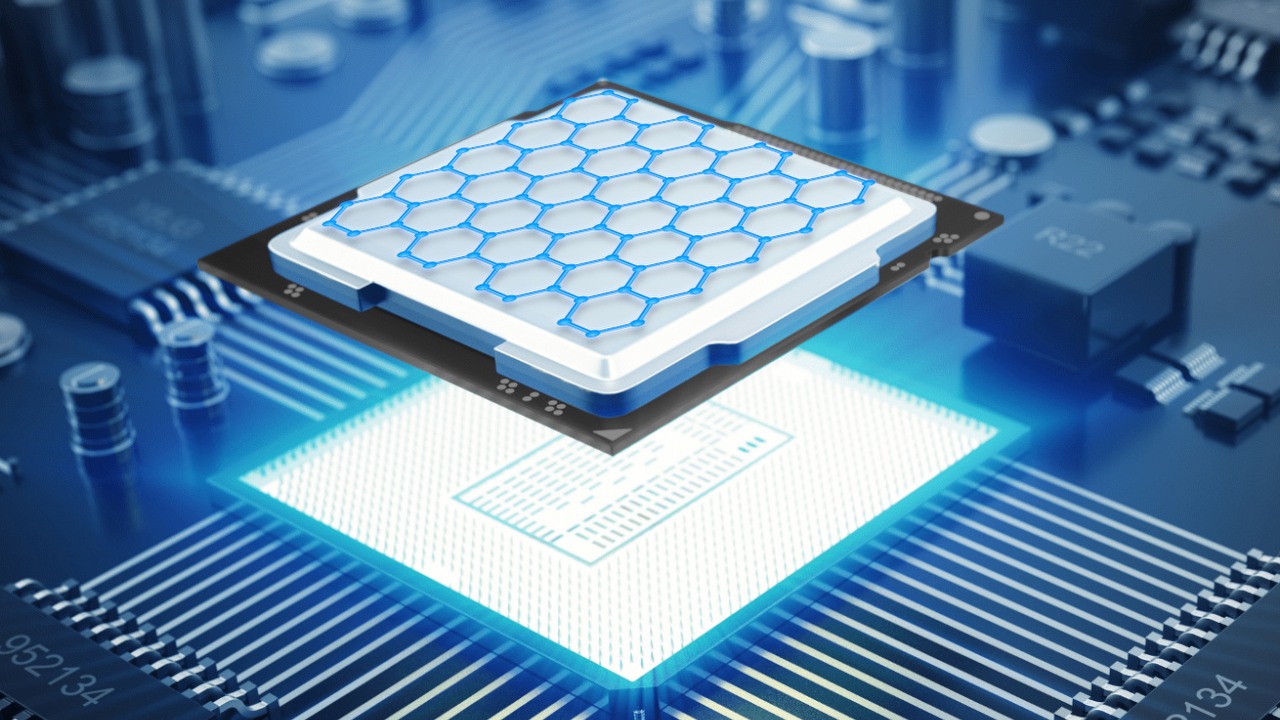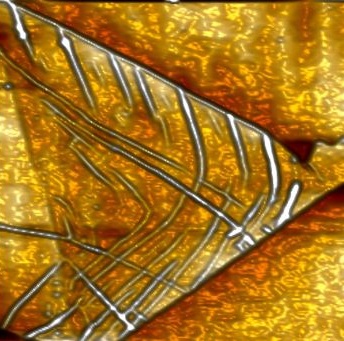Graphene Can Make PCs and Smartphones Up to 1000 Times Faster
Graphene is one of the materials that could replace silicon in CPU manufacturing. Scientists have discovered a way to use the one-atom-thick carbon structure to create electronic components.

- Thanks to the discoveries of researchers from the University of Sussex, science is getting closer to the practical application of graphene CPUs.
Researchers from the University of Sussex (UK) are working on a new way of using graphene (an allotropic variety of carbon) to manufacture processors. Currently, integrated circuits are made by etching the structure into a silicon wafer of sufficient thickness. But how to do it in a material that is only one atom thick (practically two-dimensional)? Turns out, a way has been found. Instead of etching electronic components, scientists from the University of Sussex intend to construct them by appropriately folding graphene layers.

The folds mechanically modify the electrical properties of the material and create a kind of graphene origami, whose fragments can function as transistors or logic gates. Properly assembled, they can be 100 times smaller than current chips and will contain much more elements. Graphene also has much better thermal conductivity - 480 W/mK, compared to silicon - 148 W/mK.
The new technology will make it possible to manufacture processors for PCs, laptops, and smartphones up to a thousand times more efficient, smaller, and not requiring much cooling. On the other hand, it is also a possibility to construct microscopic, highly energy-efficient systems e.g. for home automation or microsatellites. The production of graphene chips may be much more ecological since it does not require the use of additional materials and the whole process should take place in more accessible conditions (e.g. room temperature). Nevertheless, we still have to wait a bit longer for practical applications of the material. For now, we depend on silicon, which still has a certain reserve of possibilities.
The quantum way

In addition to graphene, quantum computers are a way to increase the performance of integrated circuits. While early prototypes already exist (e.g. Google Sycamore) and are proving their capabilities, they are fraught with numerous drawbacks. These range from quantum decoherence to need for using superconductors and cooling computing units to very low temperatures. Of course, this comes at a high cost. With this, the widespread use of graphene CPUs seems nevertheless closer to realization.
- University of Sussex - official homepage
- Quantum Internet May Become a Fact After Latest Breakthrough
0

Author: Arkadiusz Strzala
His adventure in writing began with his own blog and contributing to one of the early forums (in the olden days of Wireless Application Protocol). An electrical engineer by profession, he has a passion for technology, constructing and, of course, playing computer games. He has been a newsman and writer for Gamepressure since April 2020. He specializes in energy and space tech. However, he does not shy away from more relaxed matters every now and then. He loves watching science-fiction movies and car channels on YouTube. He mainly plays on the PC, although he has modest console experience too. He prefers real-time strategies, FPS and all sorts of simulators.
Latest News
- ARC Raiders dev acknowledges critics for the first time. „We are not deaf to concerns,” assures Virgil Watkins
- Was to be a hit for years, disappears without a trace. Anthem community says goodbye with slogan: „Strong alone, stronger together”
- Forget the dozens of hours in Baldur's Gate 3. New Divinity will get you stuck in the main menu forever
- He highlights the biggest mistake made by the industry giants. „The future belongs to smaller teams,” says director of Assassin's Creed: Unity
- „It was not our call.” Larian CEO explains why Baldur's Gate 3 will never appear on Nintendo consoles

